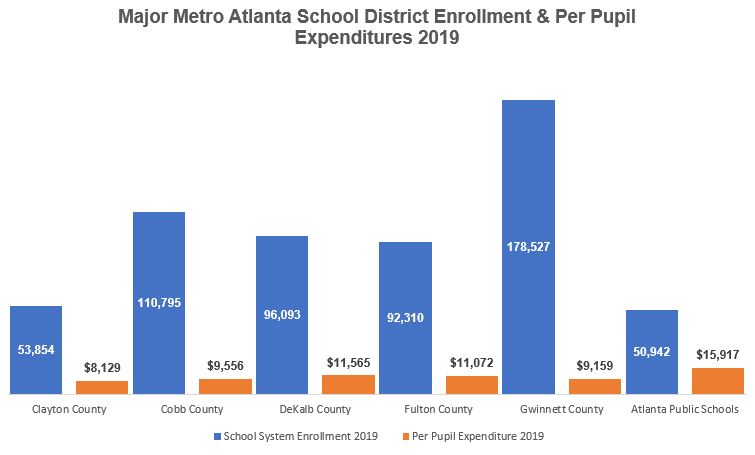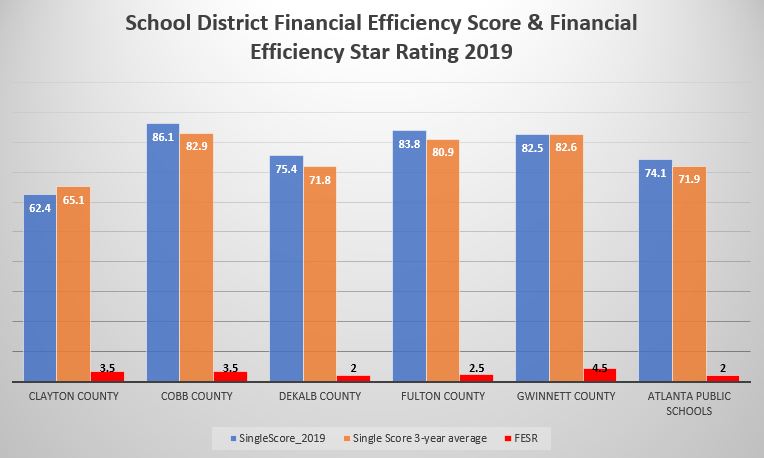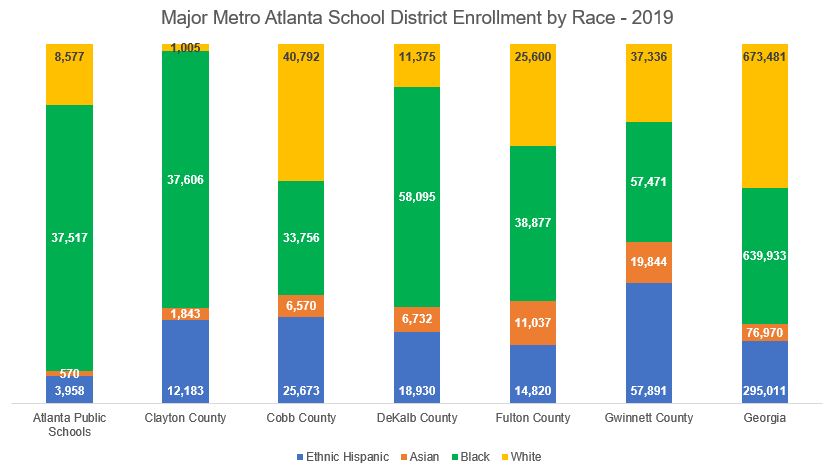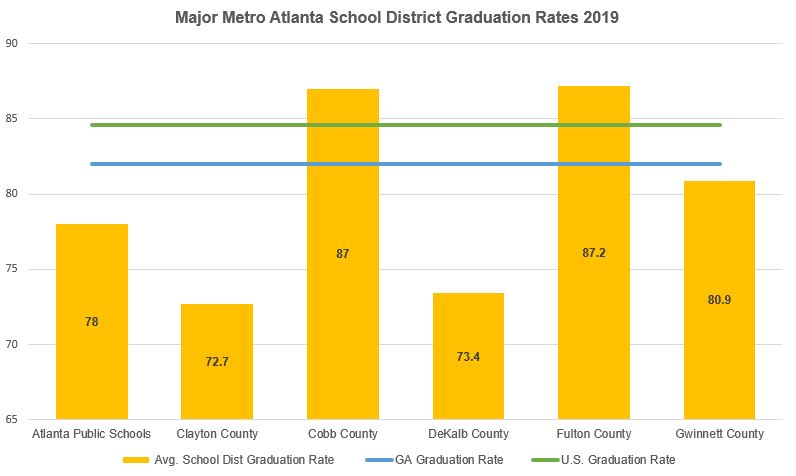Skip the Data Science Bootcamp and Create Your Own
If you are ‘allergic’ to steep education costs and scary debt, read on
I got interested in data science a couple of years ago. I’d been working in the marketing department of a real estate company, and discovered (or I should say, rediscovered), my love for numbers, analysis and telling stories. As long as I could remember, I loved math and science, but I also loved creating things too. Whether it was art by the way of drawings and paintings, writing and music, by way of the piano.
I attended Southern Tech, later known as Southern Polytechnic State University, now known as Kennesaw State University, after two years of messing around, I dropped out. Because learning is such a big part of my DNA, I enrolled shortly after in a computer programming class at a local technical college. Despite doing well, I only stayed for one semester.
Learning Data Science
As data science became a buzzword, I dug in. Reading as many articles I could get my hands and eyes on. I soon realized that this field was something bigger than just ‘data analyst’ or ‘statistics’. I wanted to get my feet wet, so I took a few Coursera, Udemy, Udacity and EdX courses. I learned a little about the R programming language, a little python, some advanced Excel techniques, statistical analysis, regression, and data visualization.
The more I learned, the more I became confused about which direction I wanted to go. There were hundreds of data science-related courses with more coming out each week. At one point I was enrolled in five or six courses at one time. Some I’d finish, most I wouldn’t. I found my heart racing with excitement as I opened each new ‘You want to Learn Data Science Today?’ email announcement. I loved visualizing data and knew my way around charts, but I also like the analyzing part too. I pulled hair.
Did I Learn the Wrong Thing?
The nagging problem I had with the data science-related courses was not learning the material, it was how to attack learning data science. In other words, I wasn’t sure if I was on the ‘right’ or better path for me. My biggest fear was that I’d rack up 67 certifications as a data geek and would come to find it utterly useless by next Christmas.
I came across a data science boot camp at Georgia Tech last summer, but I wasn’t sure if it was a good idea to fork over a sizeable amount for the 24-week program as I had been unemployed for several months before getting my current gig. I liked the curriculum, as it seemed to cover all the bases. Then came David Venturi. This self-learning rock star saved my learning life. David Venturi wrote an article about how he dropped out of a computer science program and put together a customized data science program for himself.
This was like a breath of fresh air. This was the proverbial fork in the road that had the light shining on only one path: to create my own data science curriculum from the online learning platforms I’d grown to love and become addicted to. I came across an article written by Harrison Jansma that provided a general curriculum guide with a warning that ‘this is intended to be high-level, and not just a list of courses to take or books to read’:
- Python Programming
- Statistics & Linear Algebra
- A prerequisite for machine learning and data analysis.
- Numpy, Pandas, & Matplotlib
- Machine Learning
- Production Systems
Before I go on, I want to clarify that I’m not against going to a traditional university or bootcamp to learn enough to get into data science. I’ve come to the conclusion that attending a college or a bootcamp to learn data science is not for me. I think whatever path you take, it should fit your learning style and your tolerance for spending large amounts of money or going into debt. I will admit, going the self-learning path is probably the hardest. You may not have time and schedule constraints, but understand that data science has a lot of pieces…pieces that can be hard to get your head around, leaving you with a case of ‘maybe this is not for me’.
So, I didn’t want to spend $80K and years going to a university or upwards of $20-30K at a bootcamp for a few months and a ‘guarantee’ of getting a gig in data science. I created my own data science program. Would I say that it’s the best one out there? I wouldn’t know. But I looked at courses (basing them on reviews) and picked them as part of my curriculum.

My Data Science ‘Bootcamp’
Excel
Microsoft Excel – Data Visualization, Excel Charts & Graphs
Statistics for Data Analysis Using Excel
Data Science/Machine Learning
Data Science A-Z™: Real-Life Data Science Exercises Included
The Data Science Course 2019: Complete Data Science Bootcamp
Statistics/Mathematics
Become a Probability & Statistics Master
Intro to Descriptive Statistics
Statistics for Data Science and Business Analysis
Linear algebra, including multivariate calculus. Linear Algebra for free at Khan Academy.
Regression, both linear and nonlinear models appropriately. You can learn about Linear Regression at Coursera.
Probability theory, including Bayes’ Law and Central Limit Theorem. You can learn about probability and data at Coursera.
Numerical analysis, including time series analysis and forecasting. You can learn about time series forecasting at Udacity.
Python programming
Simulating Real World Problems with Python
Learning Python for Data Analysis and Visualization
Databases
The Ultimate MySQL Bootcamp: Go from SQL Beginner to Expert
Data Visualization
Tableau 10 A-Z: Hands-On Tableau Training For Data Science!
Your Data Science Education is as Extensive as you Make It
Even after crafting my data science boot camp, I had no assumptions about what I could, should, or would get from it. As far as I know, I would just be gaining some knowledge in an area that I was interested in but wouldn’t get hired in. Or…my no-degree having self could indeed get started somewhere in data science, doing something I like. Still, I understand that my program is a boot camp style and if I wanted to go deeper, I would need to devote a lot more time to the learning.
Although my current job title doesn’t have data science in the title, it’s in a field (Search Engine Optimization) that is increasingly becoming more aligned with data science. SEOs must contend with a lot of data; and while we deal mostly with URLs, web users, and behavioral data and keywords, and data needs cleaning and needs to be analyzed.
When a client wants to know why their website saw a decline in September of 2018, compared to September 2017, the SEO must be good at seeing patterns in the data, make analysis and tell all of this in a story that the client can understand and relate to.
Most data science articles say that there are not enough qualified people in the field right now and future employment projections point to where job openings will continue to outnumber the number of qualified candidates.





